Table of Contents
Skull tattoos. They're a classic for a reason, often seen as the ultimate symbol of rebellion or a stark reminder of our own limited time on this planet. When people talk about skull tattoo designs, they usually jump straight to themes of death and danger. While that's definitely part of the picture, it’s a pretty narrow view of what this powerful image represents across different cultures and personal beliefs.
What's the Real Story Behind Skull Tattoo Designs?
What's the Real Story Behind Skull Tattoo Designs?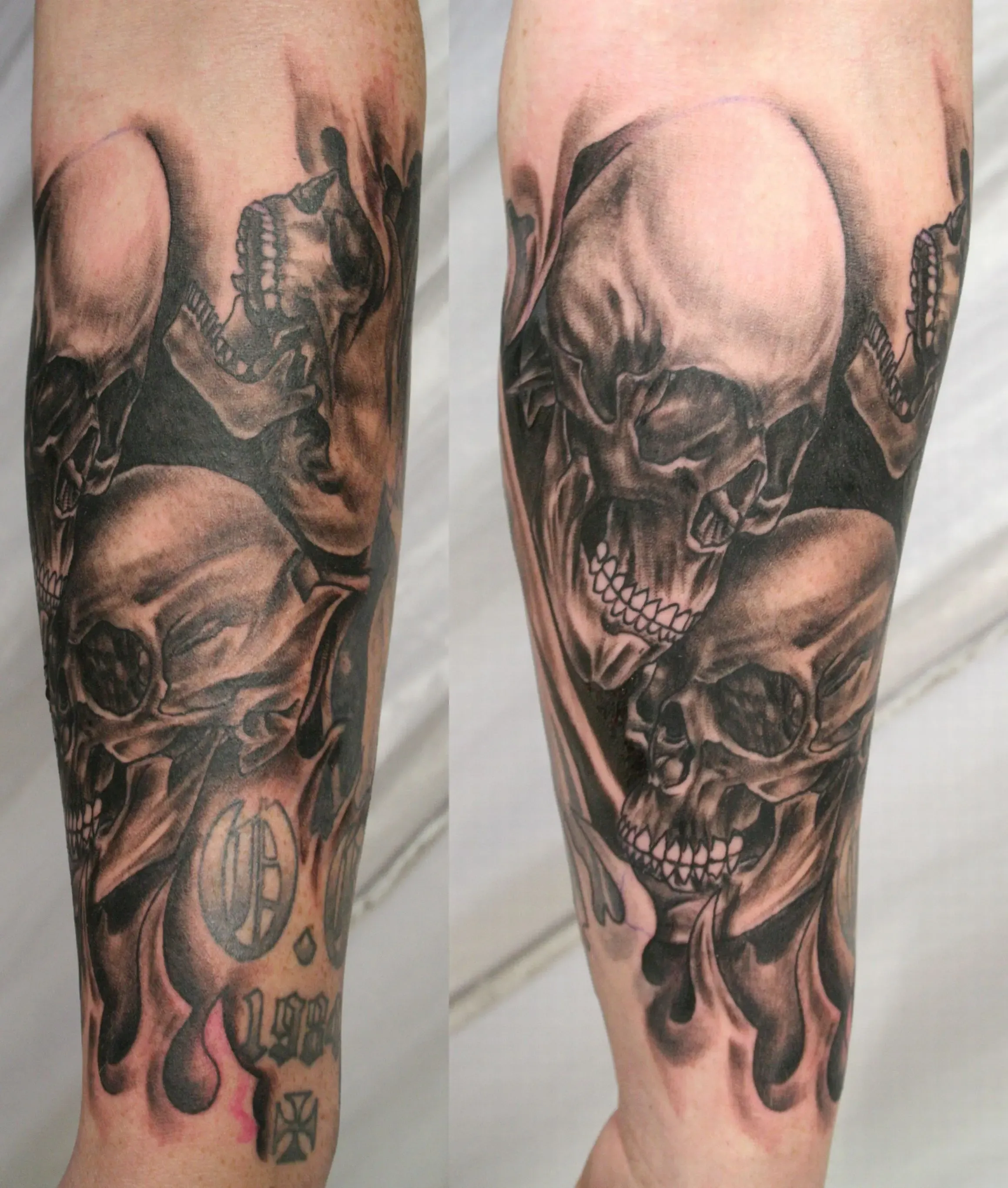
More Than Just a Morbid Fascination
Let's be honest, when most people picture skull tattoo designs, they think of bikers, rock stars, or maybe just someone trying a little too hard to look tough. The immediate association is death, danger, maybe a touch of rebellion. It's the classic memento mori – a stark reminder that life is short and, well, we're all heading to the same place eventually. This isn't wrong, but it's definitely not the whole picture.
The image of a skull taps into something primal. It's the bare minimum of our physical form, the part that remains long after everything else is gone. It's no wonder it's been a symbol used by countless cultures throughout history, often representing transformation, change, or even protection. So, if you're asking "What's the Real Story Behind Skull Tattoo Designs?", know that it goes way deeper than just looking cool or scaring your grandma.
Ancient Bones, Modern Ink
Think about it: skulls weren't invented by tattoo artists. They show up in ancient art, religious iconography, and philosophical discussions for centuries. The Aztecs used skulls extensively in their art and rituals, not just as symbols of death, but also of rebirth and the cycle of life. European art from the Renaissance often featured skulls alongside vibrant scenes to emphasize the fleeting nature of earthly pleasures. Pirates used the Jolly Roger, a skull and crossbones, as a clear, unmistakable warning – a symbol of defiance and mortality all rolled into one.
Understanding this history helps explain why skull tattoo designs resonate with so many people today. They carry a weight that modern symbols often lack. They connect us to a long lineage of humans contemplating their existence, facing their fears, or simply acknowledging the inevitable. It's a heavy symbol, yes, but its power comes from this deep, shared human experience with mortality and change.
So, before you dismiss them as purely morbid, consider:
- What historical or cultural context does a skull symbol appear in that *isn't* about immediate death?
- How does a skull's message change depending on the surrounding elements in the design?
- Is the wearer confronting death, celebrating life, or something else entirely?
Beyond Death: Symbolism and Meanings of Skull Tattoos
Beyond Death: Symbolism and Meanings of Skull Tattoos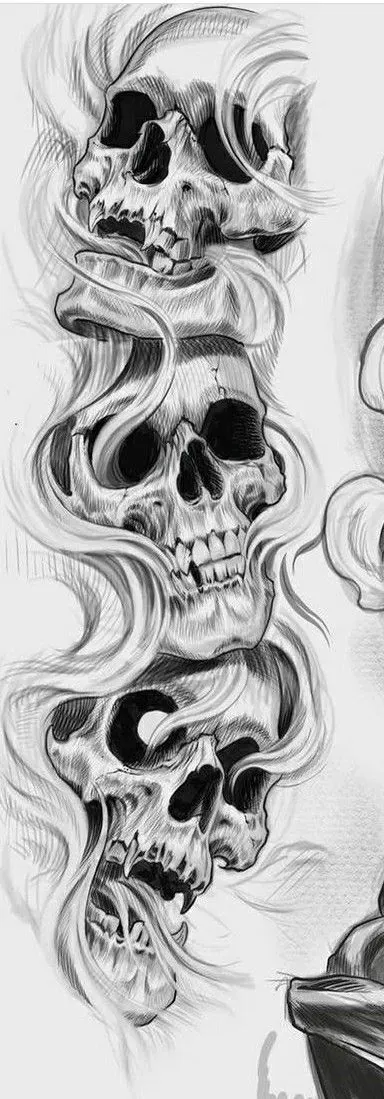
More Than Just Memento Mori
Yes, a skull is fundamentally about what happens when the lights go out. But focusing only on death misses a massive chunk of the picture. Many people get skull tattoo designs not because they're obsessed with dying, but because they've faced something difficult and come out the other side. Think of it as a badge of survival. It can represent overcoming illness, escaping a dangerous situation, or pushing through intense personal struggles. It’s a powerful symbol of resilience, a reminder that even after facing the abyss, you're still here, bones intact.
This perspective shifts the skull from a symbol of finality to one of continuation and strength. It’s about acknowledging the darkness but choosing to stand in the light. When you see intricate skull tattoo designs featuring cracks or damage that's been repaired or overgrown with life (like flowers or vines), that's often the story being told – not just death, but enduring despite it.
Transformation and the Cycle of Life
Another angle often overlooked is the skull as a symbol of transformation. In many belief systems, death isn't the end, but a transition. The skull, as the enduring part of the body, can represent this passage. It's about shedding the old to make way for the new, a constant cycle of decay and growth. This is particularly true in traditions that view ancestors as still present or influential.
Consider the way snakes are often depicted with skulls – the snake sheds its skin, a classic symbol of rebirth and change. Pairing that with skull tattoo designs amplifies the message of continuous evolution. It’s a recognition that life isn't static; it's a process of constant change, ending in one form only to potentially begin anew in another. It’s less about a grim finale and more about the flow of existence.
So, beyond the obvious, skull tattoo designs can represent:
- Resilience and survival
- Overcoming adversity
- Transformation and change
- The cycle of life and death
- Honoring ancestors or heritage
- Acceptance of mortality (without it being purely morbid)
Celebrating Life and Ancestors
Perhaps the most vibrant counterpoint to the "death and danger" stereotype is the sugar skull, a central image in Dia de Muertos (Day of the Dead) celebrations. These aren't grim reapers; they're festive, colorful, and often smiling. Sugar skull tattoo designs are explicitly about *celebrating* the lives of those who have passed, remembering them fondly, and acknowledging death as a natural, even beautiful, part of life's tapestry.
Getting a sugar skull tattoo is an act of remembrance, a way to keep loved ones close and honor the culture that embraces this joyful approach to mortality. It’s a far cry from a stark, realistic skull meant to intimidate. These designs are full of flowers, intricate patterns, and bright colors, embodying love, memory, and the belief that the spirits of the departed are still connected to the living. It proves that skull tattoo designs can be profoundly life-affirming.
Exploring Popular Skull Tattoo Designs and Variations
Exploring Popular Skull Tattoo Designs and Variations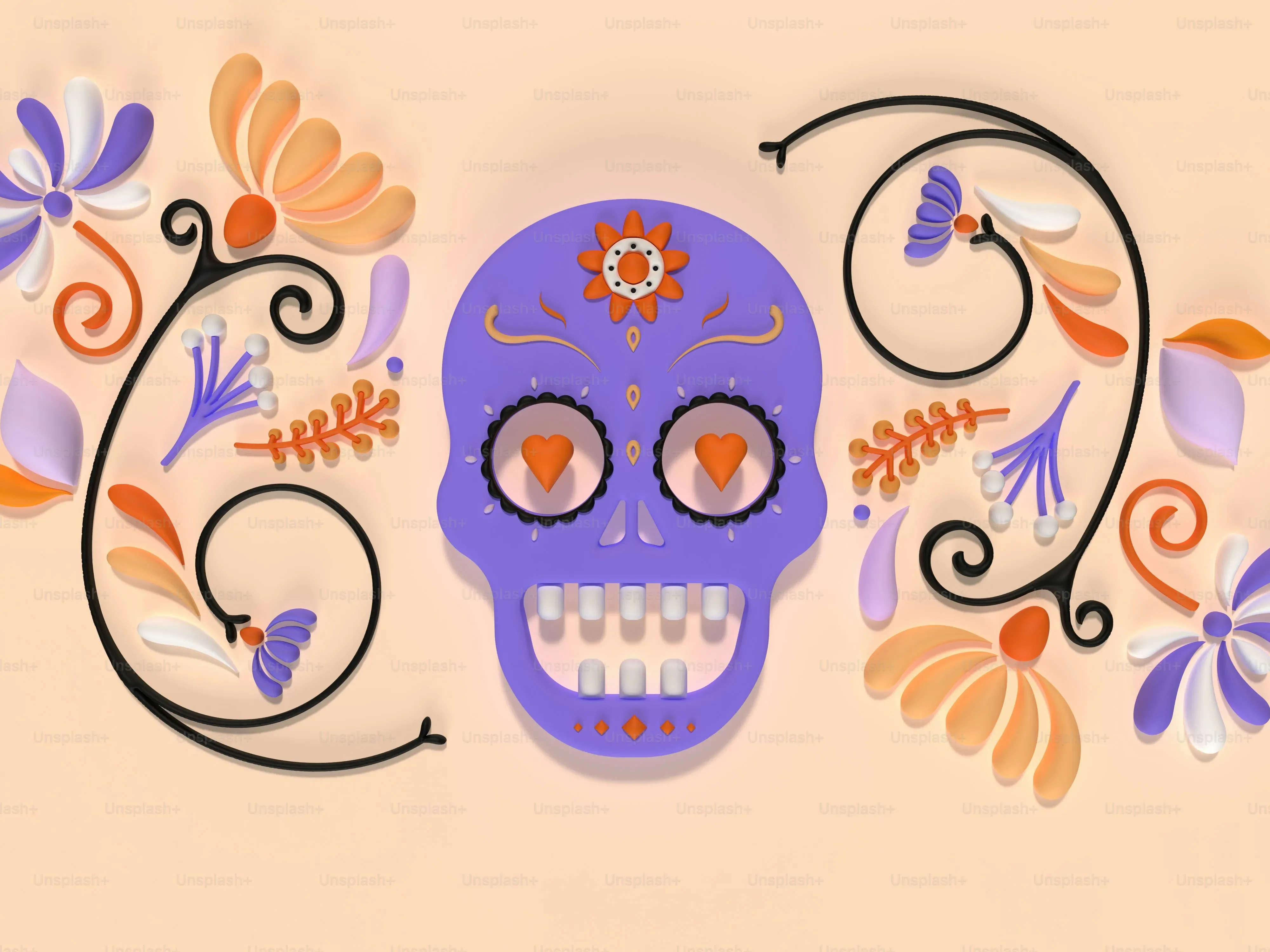
From Grim Reaper to Grinning Skull: Classic Styles
Alright, let's talk ink. When you dive into the world of skull tattoo designs, you quickly realize it's not just one look. There's the classic, grim, realistic skull. This is the one that looks like it came straight out of an anatomy textbook, maybe with some shadows and cracks for extra drama. It's stark, it's powerful, and it definitely leans into the memento mori vibe. You see this a lot in black and grey work, focusing on detail and shading to bring the bone structure to life – or, you know, to death.
Then you have the traditional style skull, often seen in American traditional tattooing. These are bolder, simpler designs, usually with heavy outlines and limited color palettes (think black, red, green, yellow). They might have roses, snakes, or daggers incorporated. These aren't necessarily trying to be anatomically perfect; they're graphic, iconic, and have a timeless appeal. They carry that rebellious edge but in a more stylized, less literal way than the realistic ones.
Beyond Human: Sugar Skulls, Animal Skulls, and More
But skull tattoo designs aren't limited to just the standard human variety. The sugar skull, or Calavera, from Mexican Day of the Dead traditions, is hugely popular and visually stunning. These are vibrant, decorated with flowers, patterns, and often depict a smiling or serene expression. They are symbols of remembrance and celebration, a beautiful counterpoint to the more somber skull imagery. Getting one of these often signifies a connection to heritage or a joyful acceptance of death as part of life.
You also see a lot of animal skull designs. A buffalo skull might represent strength and respect for nature, a raven skull could symbolize mystery or transformation, or a ram skull might carry themes of determination or sacrifice. These variations allow people to connect the core symbolism of the skull with the specific traits or meanings associated with different animals. Then there are abstract or minimalist skull designs that play with shape and line rather than detail, offering a modern twist on the ancient symbol.
Popular Skull Tattoo Design Variations:
- Realistic Skulls (often black and grey)
- Traditional American Skulls (bold lines, limited color)
- Sugar Skulls (colorful, decorative, Dia de Muertos)
- Animal Skulls (buffalo, raven, ram, etc.)
- Skull and Snake
- Skull and Rose
- Skull with Wings
- Abstract or Geometric Skulls
Where to Place Your Skull Tattoo Designs: Location Matters
Where to Place Your Skull Tattoo Designs: Location Matters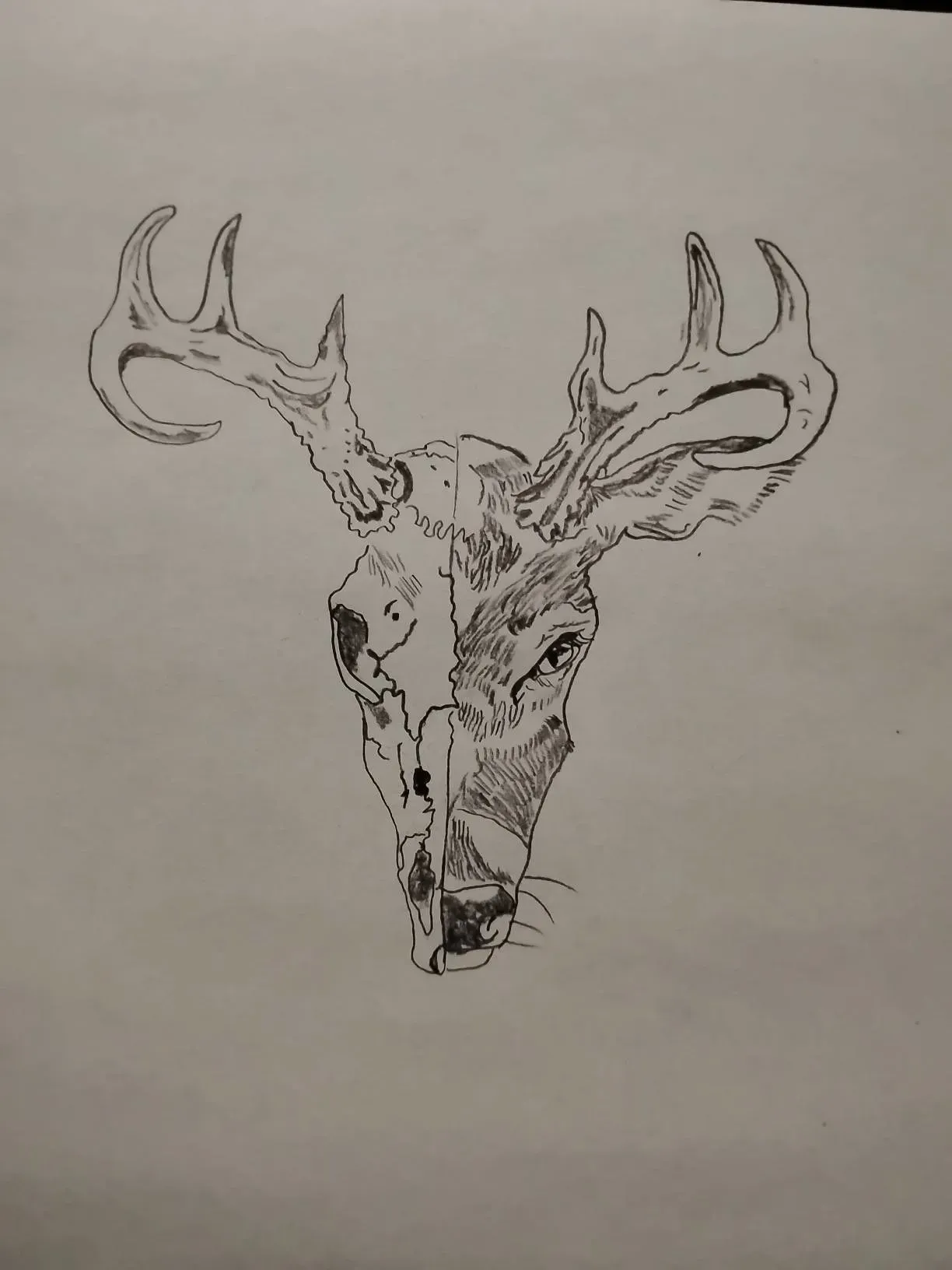
Real Estate for Your Skull
you've thought about the meaning, you've eyed up some cool styles of skull tattoo designs. Now, where does this thing actually go on your body? Location is huge, not just for how much it's going to hurt (though that's a factor, believe me), but for how the design looks, how it ages, and who gets to see it. A small, subtle skull on your wrist tells a different story than a massive, detailed one sprawled across your back or chest. Think about the shape of the area, how the skin moves, and whether you want this piece to be a public statement or something more personal.
Consider these points when picking your spot:
- Visibility: Do you want to show it off constantly or keep it hidden?
- Size and Detail: Larger areas like backs or thighs handle complex designs better than smaller spots like ankles or fingers.
- Skin Movement: Areas like elbows or knees stretch and wrinkle more, potentially distorting the design over time.
- Pain Tolerance: Some spots (ribs, feet, head) are notoriously more painful than others (forearms, calves).
- Professional Impact: Does your job require you to cover visible tattoos?
Getting the Best Skull Tattoo Designs: Finding an Artist and Planning
Getting the Best Skull Tattoo Designs: Finding an Artist and Planning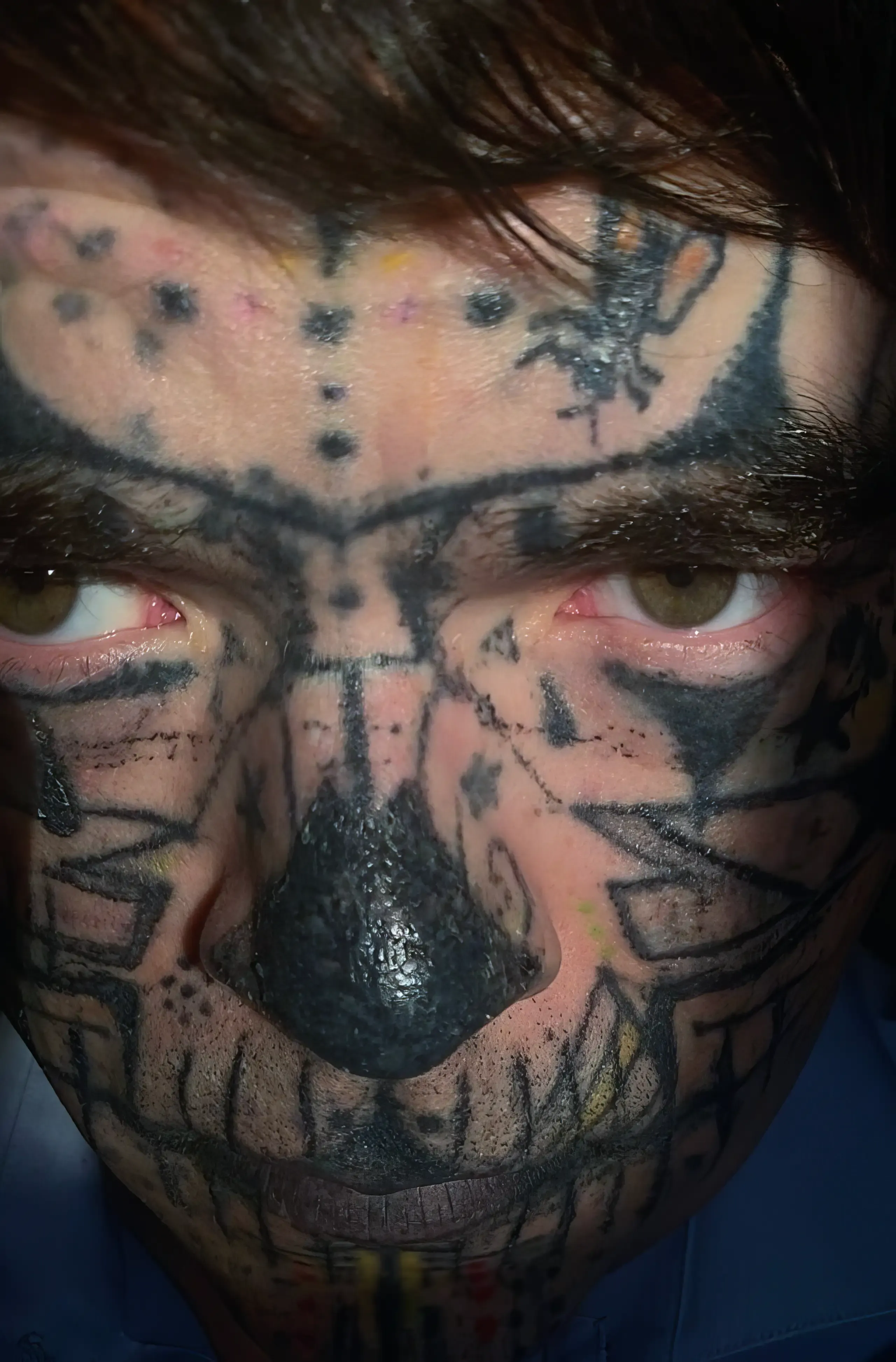
so you're serious about getting some skull tattoo designs. The biggest mistake people make here? Walking into the first shop they see or picking an artist just because they're cheap. You wouldn't let just anyone mess with your car's engine, right? Your body is way more important, and this ink is permanent. Finding the right artist is half the battle, maybe more. Look at their portfolio. Do they specialize in the style you want – realistic, traditional, blackwork, color? A killer traditional artist might bomb a realistic skull, and vice versa. Don't be shy about asking questions, checking reviews, and getting a consultation. A good artist will listen to your ideas but also tell you if something won't work or suggest ways to make your skull tattoo designs truly stand out.
When you're talking to an artist about your skull tattoo designs, be prepared to discuss more than just the image itself. Think about sizing, placement, and how complex you want the details to be. More detail often means more time in the chair and a higher price tag. Ask about their process, healing instructions, and deposit requirements. If they seem rushed or dismissive of your questions, walk away. This is a collaborative process, and you need someone you trust to bring your vision to life.
Finding the right artist involves:
- Checking portfolios for relevant styles (realistic, traditional, etc.)
- Reading reviews and asking for recommendations
- Scheduling consultations to discuss your idea
- Asking about their experience with skull tattoo designs
- Ensuring their studio is clean and professional
- Discussing size, placement, and detail level
More Than Just Bone: Final Thoughts on Skull Ink
So, we've looked at skull tattoo designs from a few angles – not just the obvious "memento mori" stuff. They’re complex symbols, capable of representing everything from defiance and transformation to heritage and the simple fact that life is temporary. The sheer variety in styles means you can find a design that speaks to your specific vibe, whether it's a stark, minimalist skull or something bursting with color like a sugar skull. Choosing where to put it adds another layer of meaning. Ultimately, a skull tattoo, like any significant ink, is a personal declaration. It requires thought – not just about the image itself, but about finding an artist who gets your vision and can execute it properly. Don't rush the process; the bone structure on your skin should be something you connect with for the long haul.